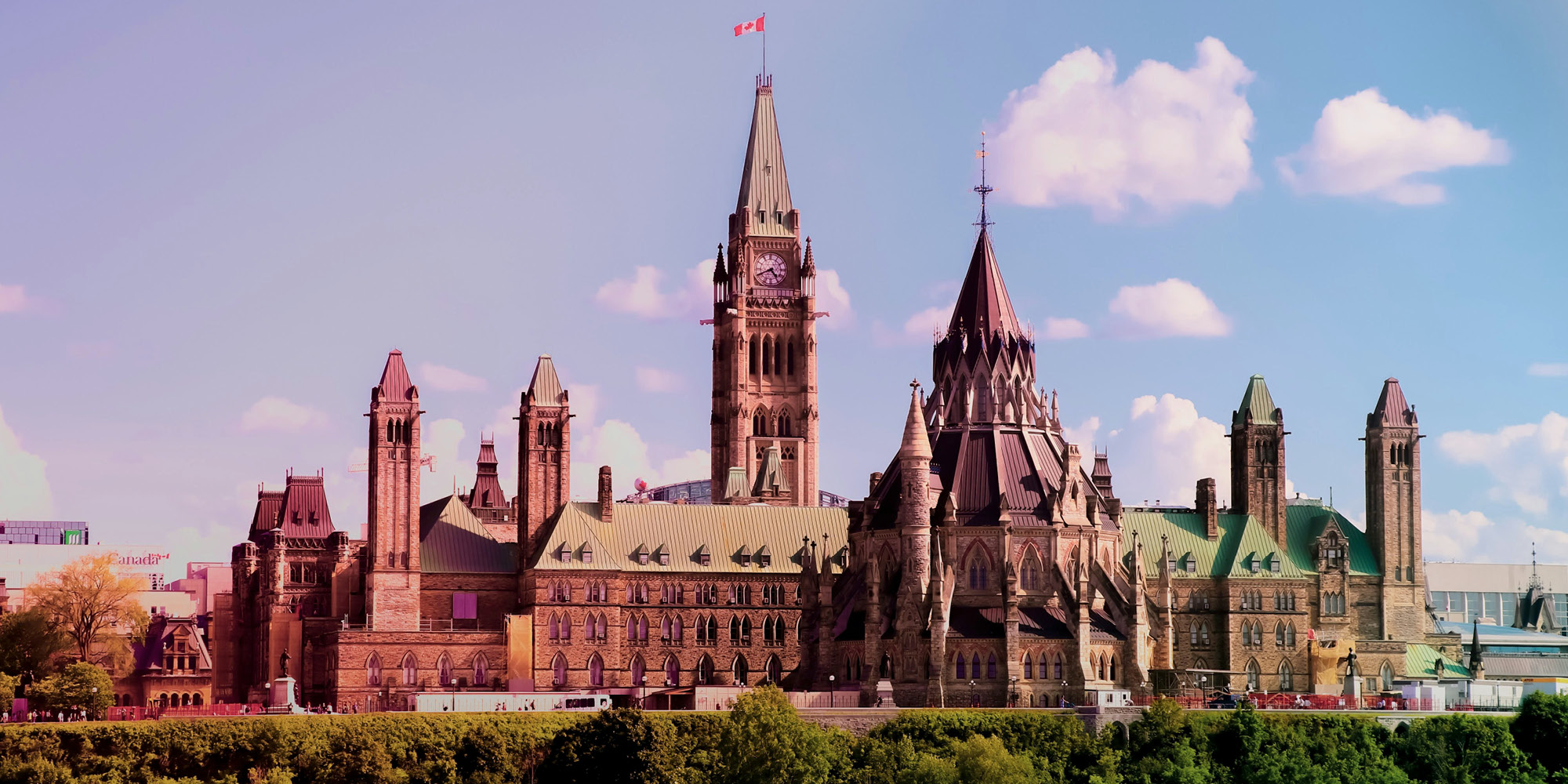By Heather Scoffield
By this time next week, the World Series will be behind us and pundits across the land will be liberated from using tortured and gratuitous baseball metaphors to explain and enlighten every element of their thinking.
Instead, we’ll be able to move from the metaphorical to the metaphysical, since we will at last have solid information to work with in the form of the much-anticipated federal budget.
The budget will be a detailed look into Prime Minister Mark Carney’s plans to invigorate the Canadian economy and position it for a new era in a world that is unpredictable, sometimes hostile, and promises far less momentum than we’re used to.
The backdrop to next week’s budget is harsh, and this morning’s smattering of economic news reminds us of some disturbing trends. Statistics Canada reports that Canada’s economy contracted 0.3 per cent in August, erasing July’s gains and setting the third quarter up for essentially no growth. And CN Rail, one of Canada’s largest companies, says it is scaling back its capital investment plans by $600 million.
What Carney does or doesn’t do on taxation is central, of course, since tax pays for public services and serves as a tool to engineer the economy – rewarding some behaviours and discouraging others.
Statistics Canada reports that Canada’s economy contracted 0.3 per cent in August, erasing July’s gains and setting the third quarter up for essentially no growth. And CN Rail, one of Canada’s largest companies, says it is scaling back its capital investment plans by $600 million.

What I’ll be watching for in the 2025 federal budget
Fresh results
For the fiscal year that ended in March 2024, the federal government collected $382 billion from Canadians through personal income tax, corporate tax, goods and services tax, excise duties and other smaller taxes.
Federal tax in 2023-24 amounted to 13.0 per cent of Canada’s GDP, which is fairly average over the course of the past few decades but higher than the 11.4 per cent collected in fiscal 2011-12 and lower than the 14.4 per cent in fiscal 2000-01.
What was fiscal 2024-25 like? The Finance Department has been sitting on those numbers but will need to show its hand in the budget.
Fresh forecasts
Forecasting federal tax intake and revenue flows is tricky at the best of times, but the numbers form the basis of projections not just in government but in the private sector as well. The last update came almost a year ago, but that is an eternity in fiscal terms. Since then, Carney has cut income tax and eliminated the digital services tax, and the economy has slowed. With the added volatility of today’s economic environment, the budget’s view on tax intake for the next five years will be interesting indeed.
Investment
Unleashing – or “catalyzing,” to use Carney’s language – private sector capital investment has been a key focus of the prime minister from the get-go and is likely to be a central theme of Tuesday’s budget. Tax measures can be an important tool, but not all tax incentives are created equal. Some corporate leaders are clamoring for an across-the-board corporate tax cut. But others are more focused in their ask, hoping for capital-cost allowances to be accelerated, broadened and made more permanent to better compete with American provisions.
Auto-filing
In a streak of pre-announcements highlighting what to expect in the budget, Finance Minister François-Philippe Champagne committed to pre-filling tax returns for 1 million low-income taxpayers in the 2026 tax year so that they can receive more government benefits. They’re aiming for up to 5.5 million people by the end of 2028. It’s a significant, positive step that could be material for low-income Canadians who aren’t accessing all the benefits to which they’re entitled. The details about how this program works will be important. Will the new system be fully automatic? How will the government persuade reluctant filers to come on board?
Affordability
Recent polling shows that Canadians are preoccupied with the cost of living and economic stability, and the tax measures in the budget would be an opportune way for Carney to meet people where they’re at – tempting for a minority government that struggles at times to show compassion. What will that look like and how will those measures be paid for?
Party favours
What tax incentives for favourite sectors or demographics will be hidden away in the appendices? Every budget is deeply political, and this one will be no different.
Corporate tax review
The Liberal election platform committed to a wholesale review of the corporate tax system based on “transparency, simplicity, sustainability and competitiveness.” Will this budget spell out a process?
Whether Carney’s foundational budget swings for the fences, chalks up some base hits, strikes out, or hands the Conservatives the opportunity for a walk-off home run, the details will matter to the pocketbooks and the prosperity of regular Canadians.
Go Jays!
Related reading
Carney’s first budget: a trillion-dollar investment goal propped up by capital spending
Mark Carney promised us the world in the lead-up to his first budget as prime minister – a generational, Canada-first plan that would set us all up for a prosperous future.
November 4, 2025
Yes, Canada needs investment. No, slashing corporate tax rates is not the answer
Those of us who make a habit of sifting through government speeches and documents in search of clues for the upcoming federal budget can safely assume: this year, it’s all about investment.
October 24, 2025
Bricks and mortar build out the federal balance sheet
The federal government rolled out a new approach to budgeting this week, and the subtext is obvious: bricks and mortar are the foundation of Prime Minister Mark Carney’s fiscal policy design.
October 9, 2025
Get in Touch
Have feedback on the work we are doing? Interested in collaborating? We want to hear from you.
Stay Connected
<Mailchimp Subscribe form here>


